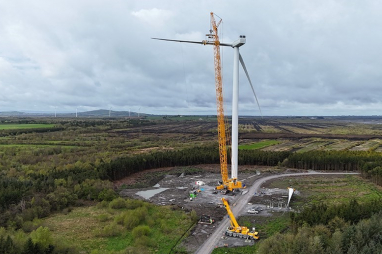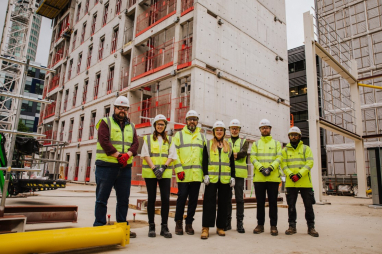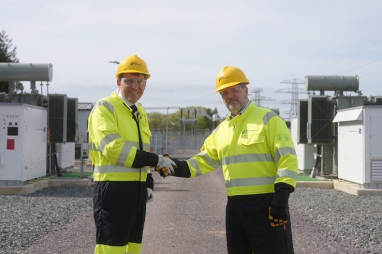- nike air jordan 1 factory outlet
- Пилинг - диски с bha и pha - кислотами needly daily toner pad 1шт — цена 50 грн в каталоге Скрабы для лица ✓ Купить товары для красоты и здоровья по доступной цене на Шафе , Украина #112548157
- Luxury Online Shop
- AspennigeriaShops , Nike gra Blazer Low 77 Vintage Arriving in Midnight Navy , 7 Best Nike gra Running Shoes in 2024
- Adidas forum low ✨⭐🌟 кроссовки для города форум как форсы но от адидас, nmd r1 vs nmd r2 womans sizing pants suit , Украина #123590352, а не найк. форум — цена 2049 грн в каталоге Кроссовки ✓ Купить мужские вещи по доступной цене на Шафе
- nike air force 1 boot cordura black wheat university gold do6702 001
- Air Jordan 1 Satin Black Toe CD0461 016 2019 Release Date 4
- nike air force 1 low white gold dc2181 100 release date info
- 554725 113 air jordan 1 mid white black 2020 for sale
- air jordan 4 og fire red DC7770 160 release details price
- Home
- News and analysis
- Info hubs
- Events
- Video
- Case Studies
- About us
- Magazine
- Advertising
Produced for the industry by the Association for Consultancy and Engineering
Opinion
A year of procurement, politics and productivity lies ahead, says Pagabo CEO
With 2024 shaping up to have a great deal of changes impacting the construction sector through political, economic and legislative changes, Simon Toplass, group CEO of Pagabo and The 55 Group, reflects on the key topics looking to set the course for the year ahead.

The obvious thing to look out for in procurement is the new Procurement Act (2023), which has received Royal Assent and will come into force fully in October 2024.
With around a third of all public sector spending (£300bn) going into the procurement of goods, services and works every year, the core aim of the new act is to make the process simpler, faster, more transparent and less bureaucratic.
These are the principles Pagabo has been built on since its inception 10 years ago – and we’re not only alive to the upcoming changes but played our part in shaping them throughout the consultation process.
In the six-month period ahead of the go-live in October 2024, the government will share further information, helping those procuring and those being produced get up to speed with the new regulations.
At Pagabo, we’re already a step ahead thanks to our dedication to pioneering ethical procurement and are working with our ecosystem and the wider market to grow understanding, confidence and application of the new ways of working.
Elsewhere in politics, we can see that there will be a level of uncertainty - 2024 is set to see significant changes with an upcoming general election, local elections and progression in various devolution deals, including in our home of Yorkshire and the Humber.
It will be essential to navigate this well, especially as campaigning ramps up and promises begin to be made on all sides – but staying close to key players and analysing announcements carefully will be key to understanding and implementing the right path to take in order to maximise the opportunities that will be presented.
Steadying of turbulent economic waters
Another area of turbulence will be no surprise – the economy over the past year especially has been a key focus for the media.
In recent years, we have seen such fast economic dips, but the return to a flourish point will be slower and steadier, but positively things are moving along the right trajectory.
Statistics from the Insolvency Services show that 4,317 construction firms went out of business in the year to 31 October, 2023.
This was a 9% rise on the previous year, but 36% higher than pre-pandemic.
This isn’t to say it’s all doom and gloom. The construction industry relies on collaboration and innovation more than ever before – and we’re truly seeing this come through at the moment.
Whether it’s the growing focus on social value – focusing on outcomes at early stages – or coming together with cross-industry initiatives for R&D, the collective will is alive and kicking.
Frameworks have a role in protecting businesses and keeping the industry alive – but only when they are developed in the right way, structured to ensure fair payment and aim to give back in turn. Indeed, we have organisations that have seen transformational growth thanks to the work procured through our frameworks.
One such example was appointed to the first generation of our Professional Services Framework as a small business several years ago, which is now a much larger organisation that has been contracted to carry out projects on historic buildings such as the Houses of Parliament.
However, it also means developing frameworks that the sector actually needs.
Our first port of call with framework development – whether a brand-new offering or new generation of an existing agreement – is market engagement.
We have more than 500 clients procuring through our frameworks, so we engage with as many of these as possible to ensure our portfolio is born out of the sector requirements.
This regular engagement ensures that we only put frameworks in place when there’s a genuine need for it.
Through speaking with the clients that will use a framework we not only ensure the appetite is there, but also work together to develop the innovations and differences that futureproof the agreement for the full four-year term.
Technology also has a role here, allowing people to manage various processes - such as contract management and social value forecasting and measurement – quickly and easily.
This is a staple of what we do within our wider group of companies, making sure that we provide technology solutions that do the hard work and create efficiencies for any client at any stage of a project lifecycle.
The drive for net zero
One such offering is our forthcoming decarbonisation frameworks, which have been born out of the sector’s need to further the journey to net zero as targets begin to approach at a quickening rate.
There is no doubt that sustainability remains front of mind for the sector, and when people think about ‘the most sustainable building’, in reality that’s a building that hasn’t yet been built.
But it’s important to remember it’s not all about new buildings. In fact, the Future Homes and Building Standards – which recently launched for consultation – will ensure that new homes and buildings are fit for the future, with all new-builds being zero-carbon ready from 2025.
New buildings will always be at the forefront of sustainable development, but there are organisations with huge estates and infrastructure that will be in need of regeneration.
Retrofit and refurbishment holds great potential for managing and reducing carbon emissions on this journey and is something we see in the projects procured through our dedicated framework.
This in turn ties in wide social value objectives, which will only continue to grow in focus for the construction industry, while also trickling into other sectors too.
The understanding of social value is growing, and we are seeing it become a much bigger part of people’s everyday roles – but we’re also seeing the opportunity for inaccuracy creep in due to a large spectrum of understanding and application.
Making sure there is an accurate approach to measuring outcomes – sustainability included – will need to be a focus for the industry, as will increasing the understanding of what social value is.
It remains different to ESG, which is much more introspective. Social value encapsulates all the various elements and communicates the impacts being felt by real people and communities – and it’s where the real results of any built environment project will lie.





